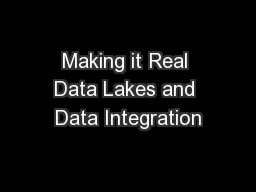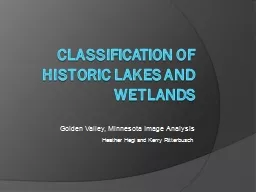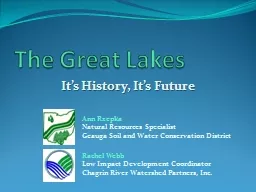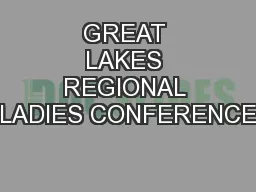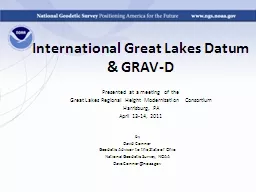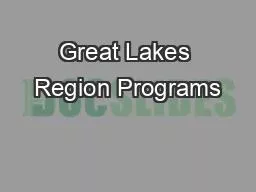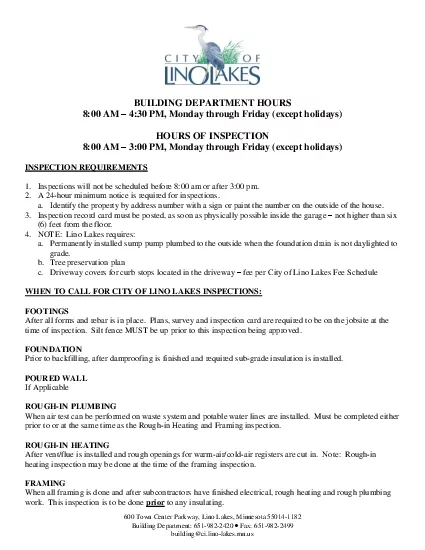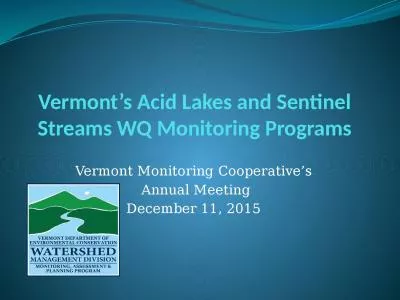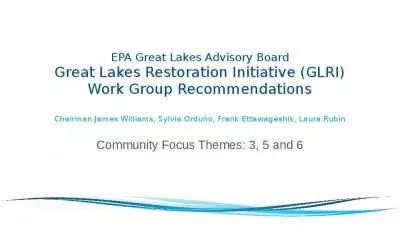PPT-Making it Real Data Lakes and Data Integration
Author : danika-pritchard | Published Date : 2018-03-12
Information architecture happens by design or by default Andy Fitzgerald Independent Opening Thoughts Concept of Data lake took off with the advent of Big Data technologies
Presentation Embed Code
Download Presentation
Download Presentation The PPT/PDF document "Making it Real Data Lakes and Data Integ..." is the property of its rightful owner. Permission is granted to download and print the materials on this website for personal, non-commercial use only, and to display it on your personal computer provided you do not modify the materials and that you retain all copyright notices contained in the materials. By downloading content from our website, you accept the terms of this agreement.
Making it Real Data Lakes and Data Integration: Transcript
Download Rules Of Document
"Making it Real Data Lakes and Data Integration"The content belongs to its owner. You may download and print it for personal use, without modification, and keep all copyright notices. By downloading, you agree to these terms.
Related Documents

